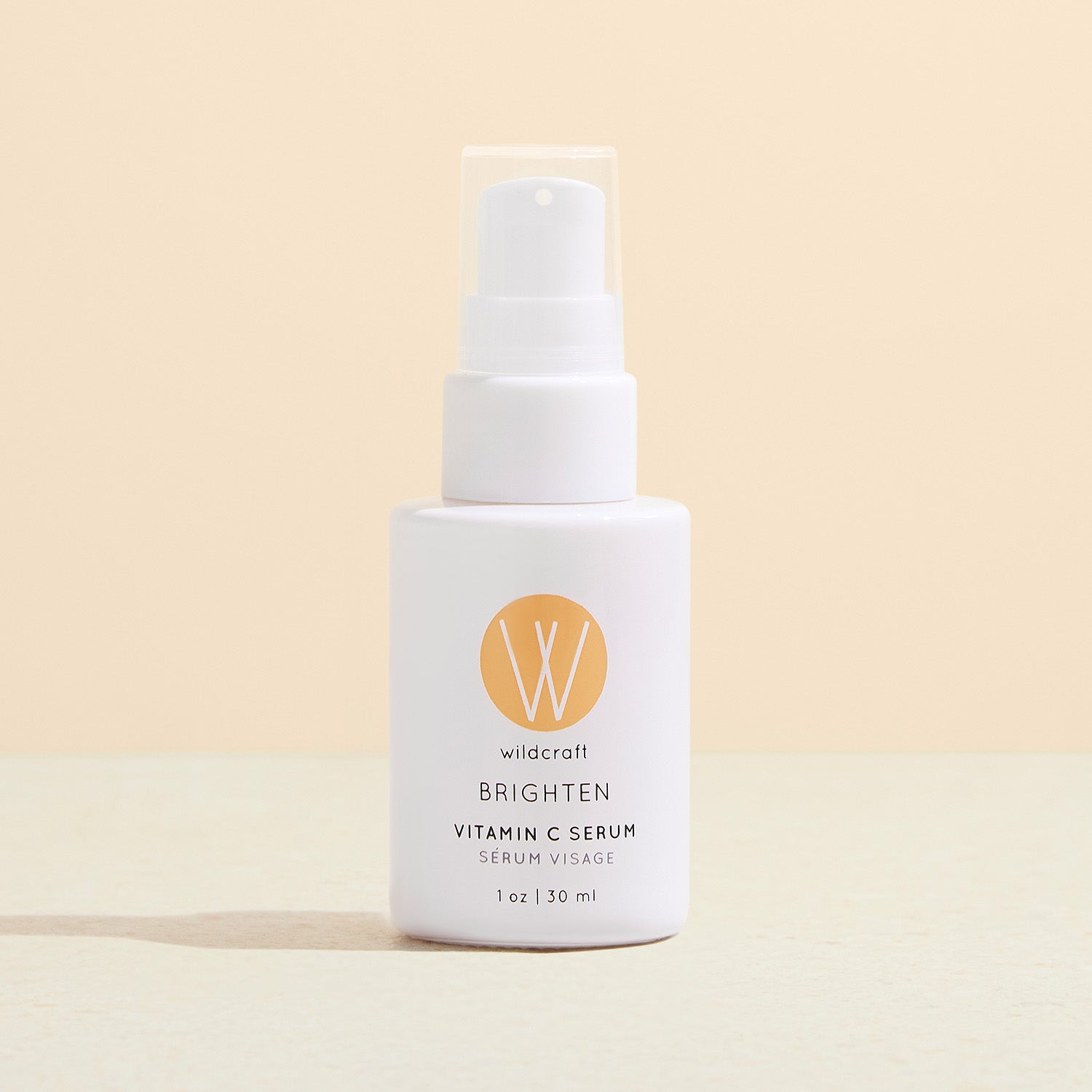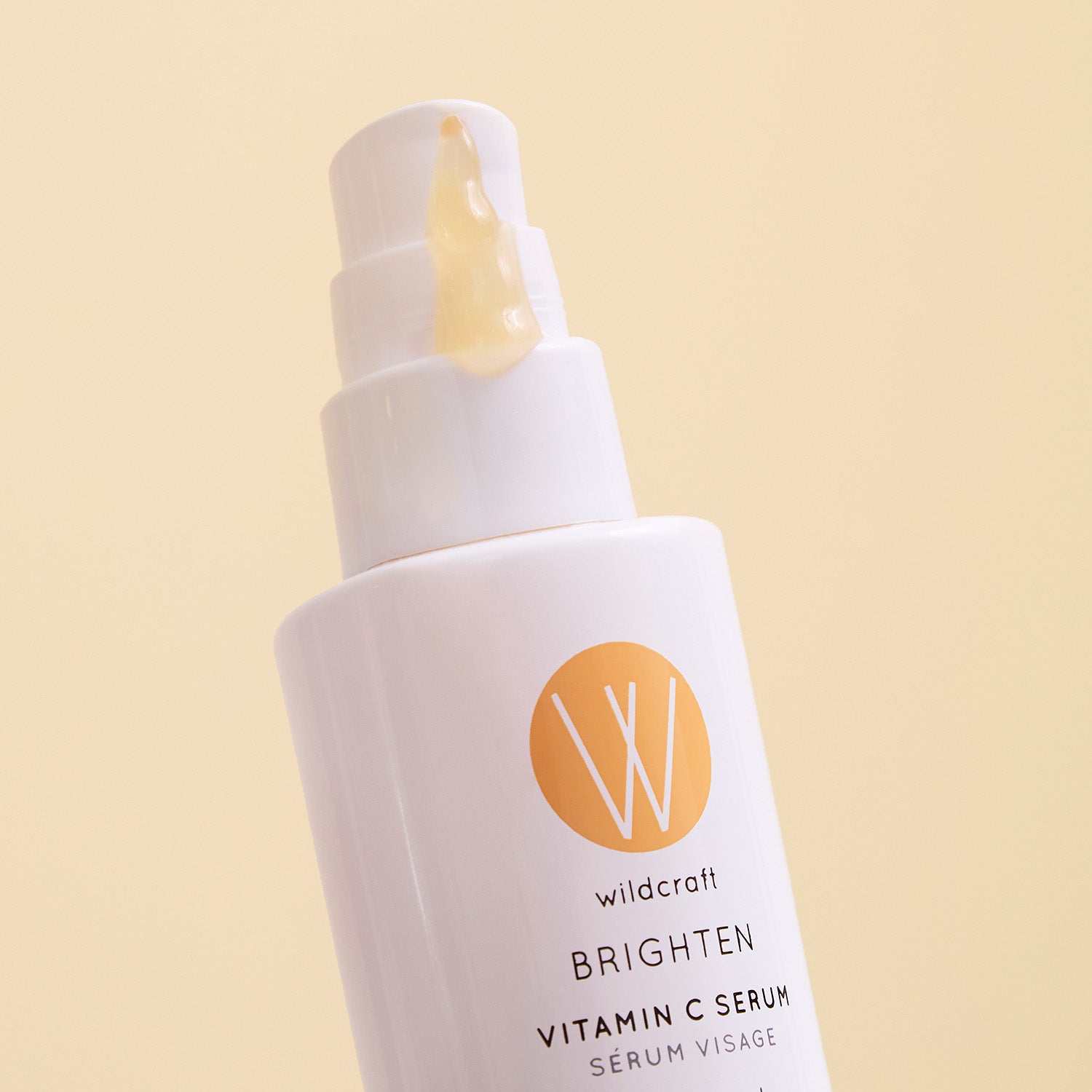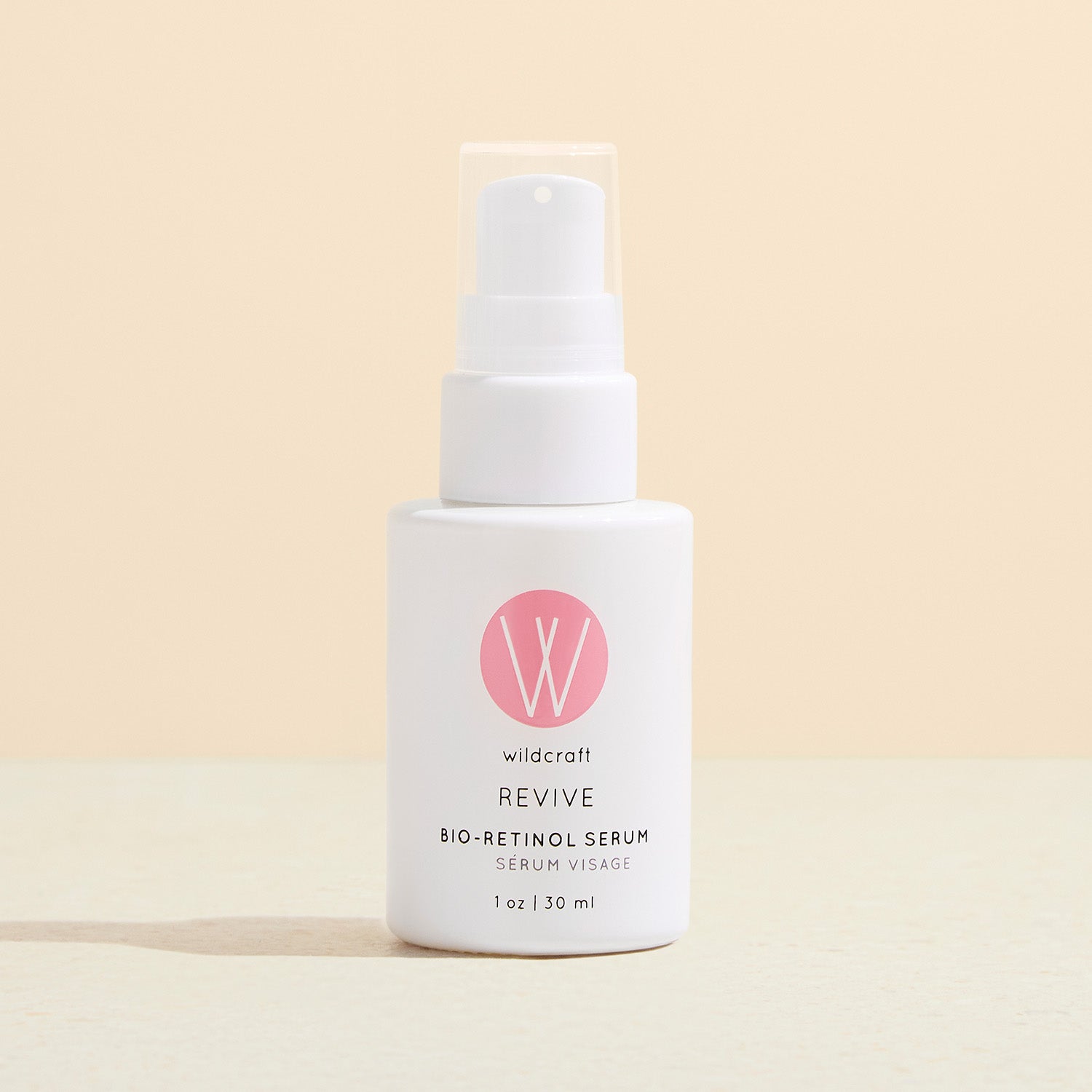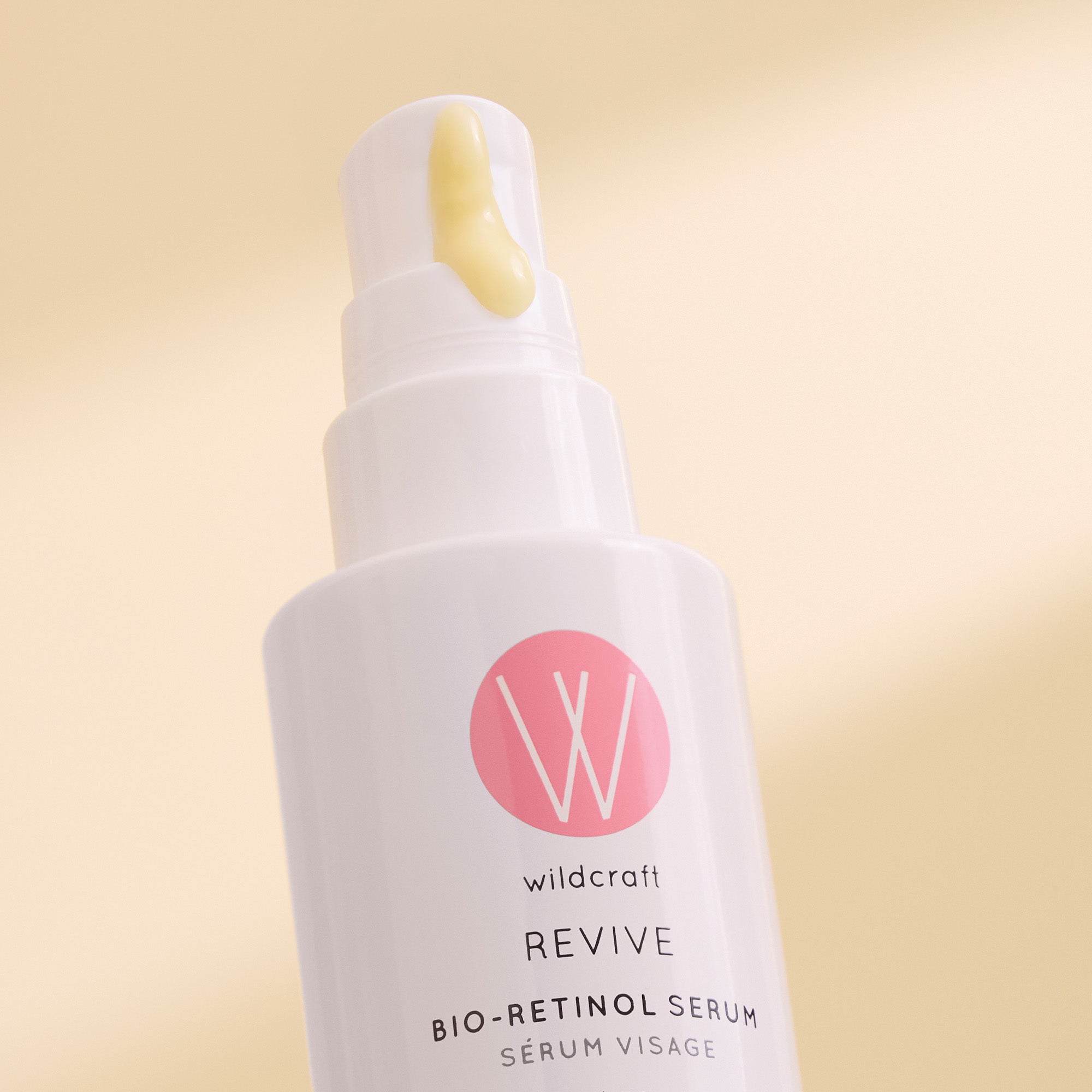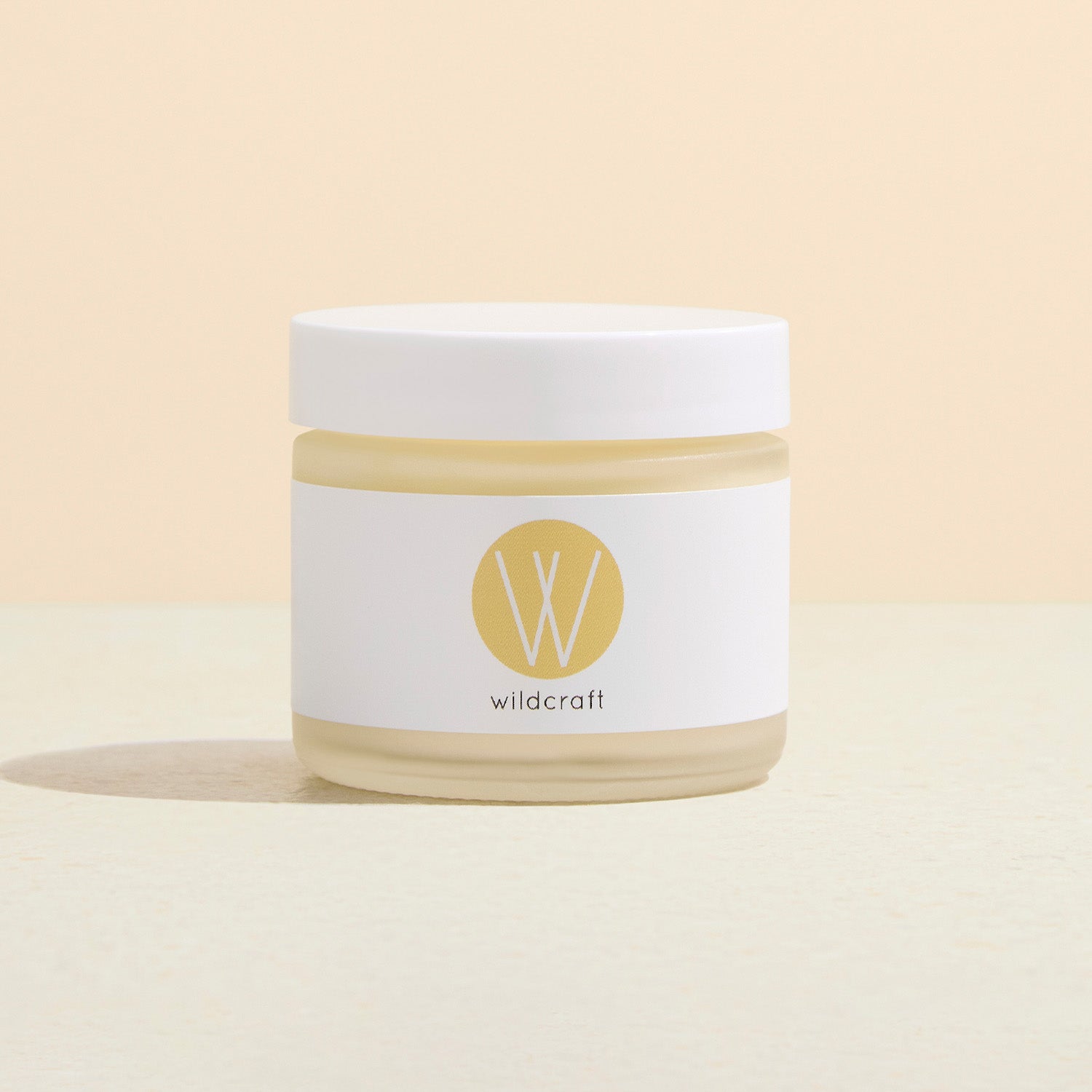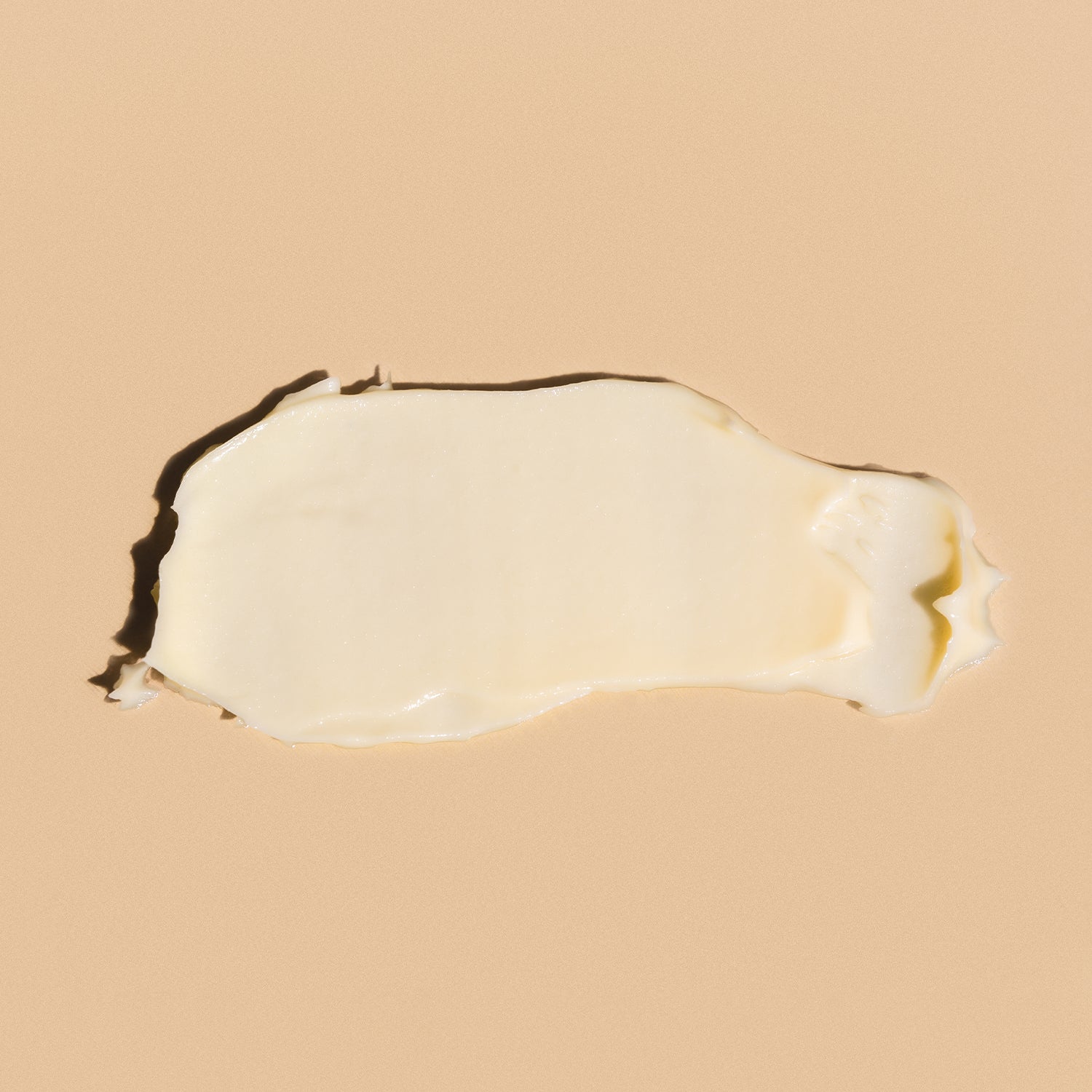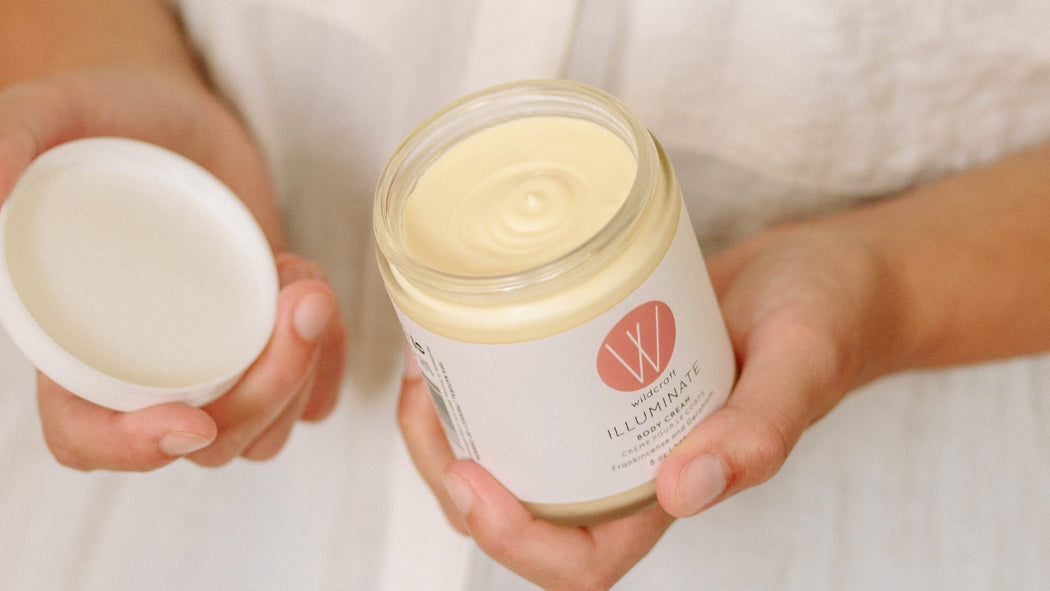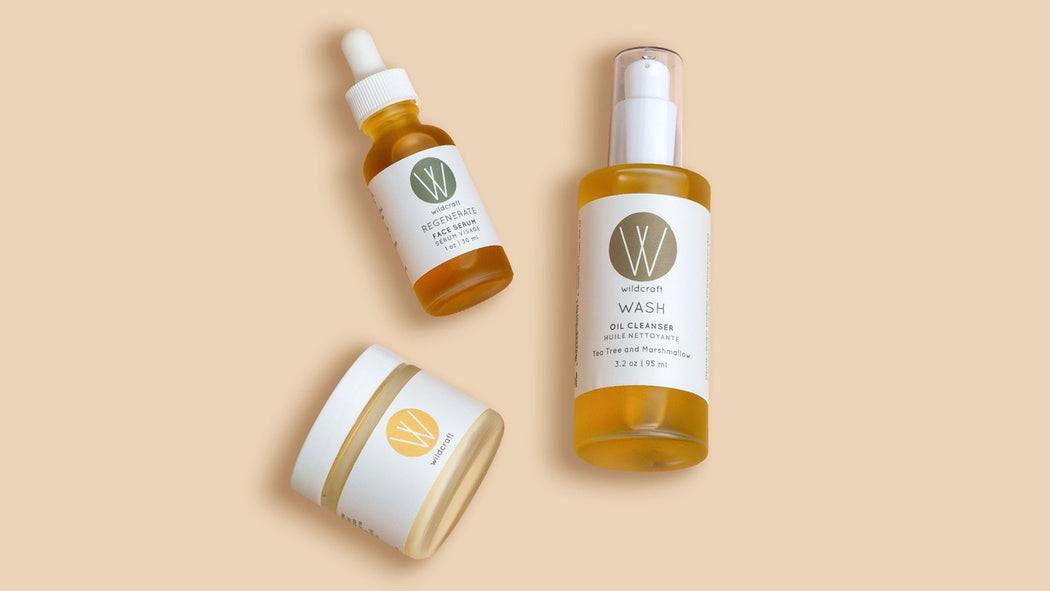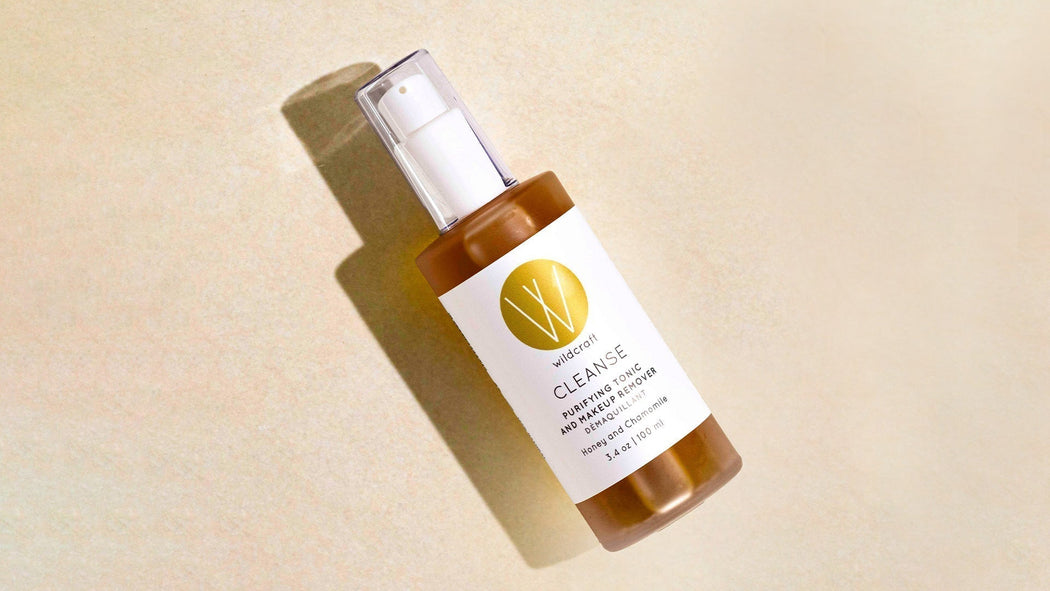4 Fun Facts About The Skin
At Wildcraft, our mission is to make natural products that are high quality and use ingredients that nourish and strengthen the skin. To tell you more about why this is so important, we've asked our retailer, friend, and trained aesthetician, facial therapist, and relaxation massage therapist, Erin Dick-Jensen of Woods Rose Skincare, to provide us with a low-down on the epidermis:
I love working with the skin, it’s complex, mysterious and often a little confounding. When I started my work in the skincare industry and gained a more in-depth understanding of the skin, I was surprised at how little my initial esthetics training had really helped gain a deeper understanding about the physiology of skin. When skin is discussed in a superficial way it’s difficult to really touch in and feel what might be coming up with our skin, which is why I want to share some lesser-known facts about our epidermis specifically:
Your Skin Barrier Is So Important
The epidermis is the visible, outermost layer of the three layers of our skin. What many people don’t know about this protective barrier is how it protects us. The role of our epidermal barrier is to protect the skin from harsh elements and maintain our skin’s hydration levels. Think of our skin’s barrier as a wall. The bricks of the wall are all your cells, and the mortar is the lipid bilayer and through this bilayer good nutrients and active ingredients can flow through with ease.
When the bilayer is healthy and intact the flow works beautifully to keep hydration in and to keep harsh elements out. When it is compromised that lipid bilayer (your mortar) isn’t as sturdy as it should be, leading to cracks and gaps in the wall. When that occurs, its job keeping irritants or germs out of the skin and preventing water loss is compromised. Therefore, nurturing and maintaining our epidermal barrier through gentle skincare practices is one of the most essential components of skincare.

Keep Cell Turnover In Mind
It’s estimated that our epidermal cells turn over every 40-56 days. Essentially, cells generate at the bottom of the epidermis, taking a month or more to reach the surface as dead cells naturally slough off.
Keeping turnover times in mind when introducing new skincare products to our everyday routines/rituals can help us take the time to gauge if a new skincare product or routine is working effectively. It takes consistency and patience to allow different types of products to work effectively.
Dry vs. Dehydrated
Dry skin and dehydration aren’t the same thing. Dry skin is a skin type, rather than a condition. If you have truly, naturally dry skin that means that your skin lacks oil content. If the condition of your skin is dehydrated, that means your epidermal layer lacks water.
It’s incredibly important to understand the difference between dry and dehydrated skin to address issues appropriately. Dry skin benefits from increase in lipid-based products, while dehydrated skin can be addressed both internally and externally, using products containing hydration boosting ingredients and, of course, drinking more water.

The Language of Skin
I was fascinated to recently learn that there is an entire branch of dermatology called Psychodermatology which focuses on the interaction between the mind and our skin. Many of the issues that present on our epidermal layer are indicative of deeper-rooted issues.
The role that stress can play in exacerbating inflammatory skin conditions like psoriasis, atopic dermatitis on the epidermis for example, are explored through this merging of these disciplines. Our skin has a language and is speaking to us about so much more than what’s appearing on our epidermis itself. Medications used to treat psychological conditions can have an impact on skin health, and medications used to treat skin conditions can have an impact on our mental health and so this new branch of dermatology is incredibly important.
In general, having a basic, fundamental understanding of how your skin functions can help you begin to understand the messages it’s sending you; I’ve found that learning about our skin functionality is really the pathway to gaining an intuitive understanding of our individual skin health.
Photo credit: Sheena Zilinski

